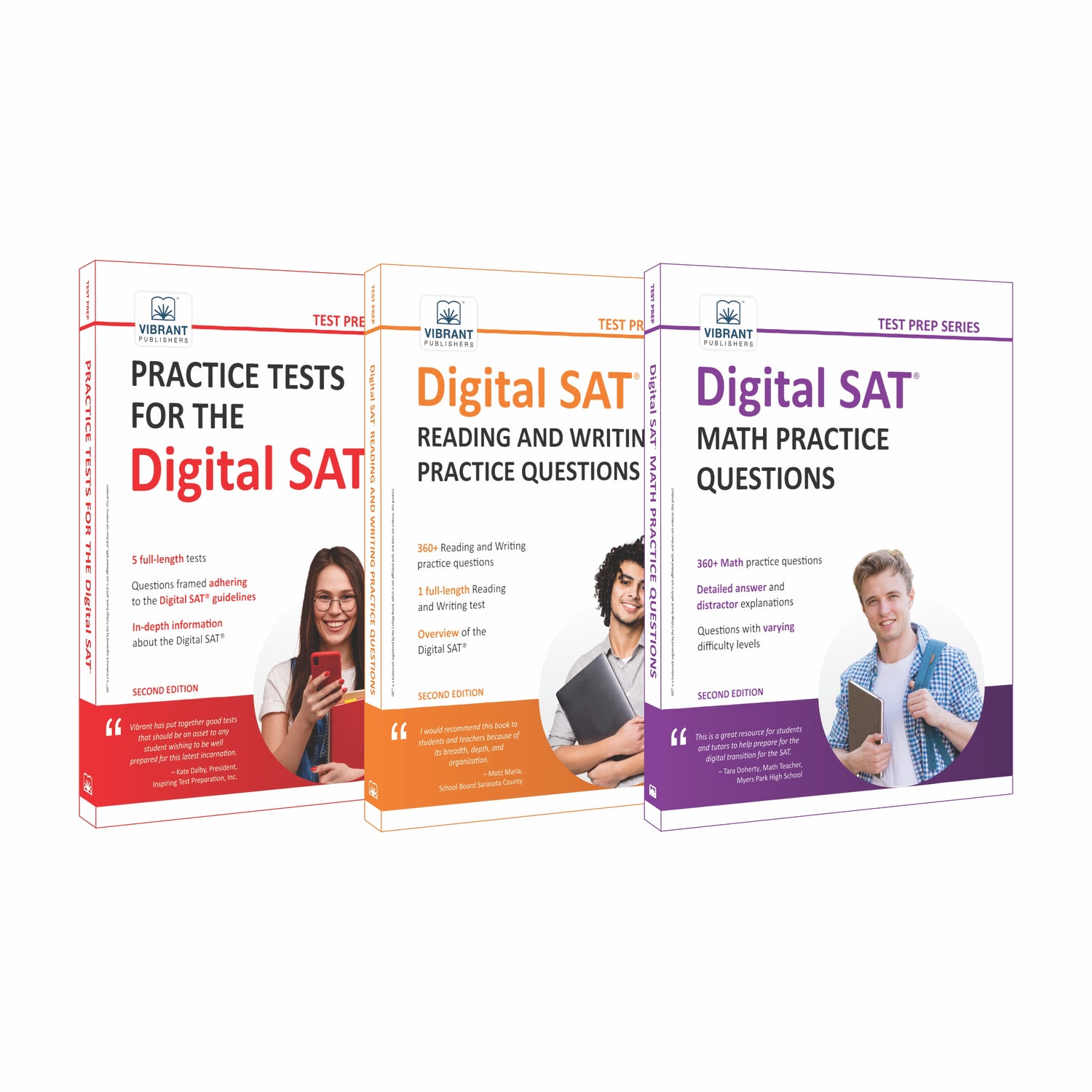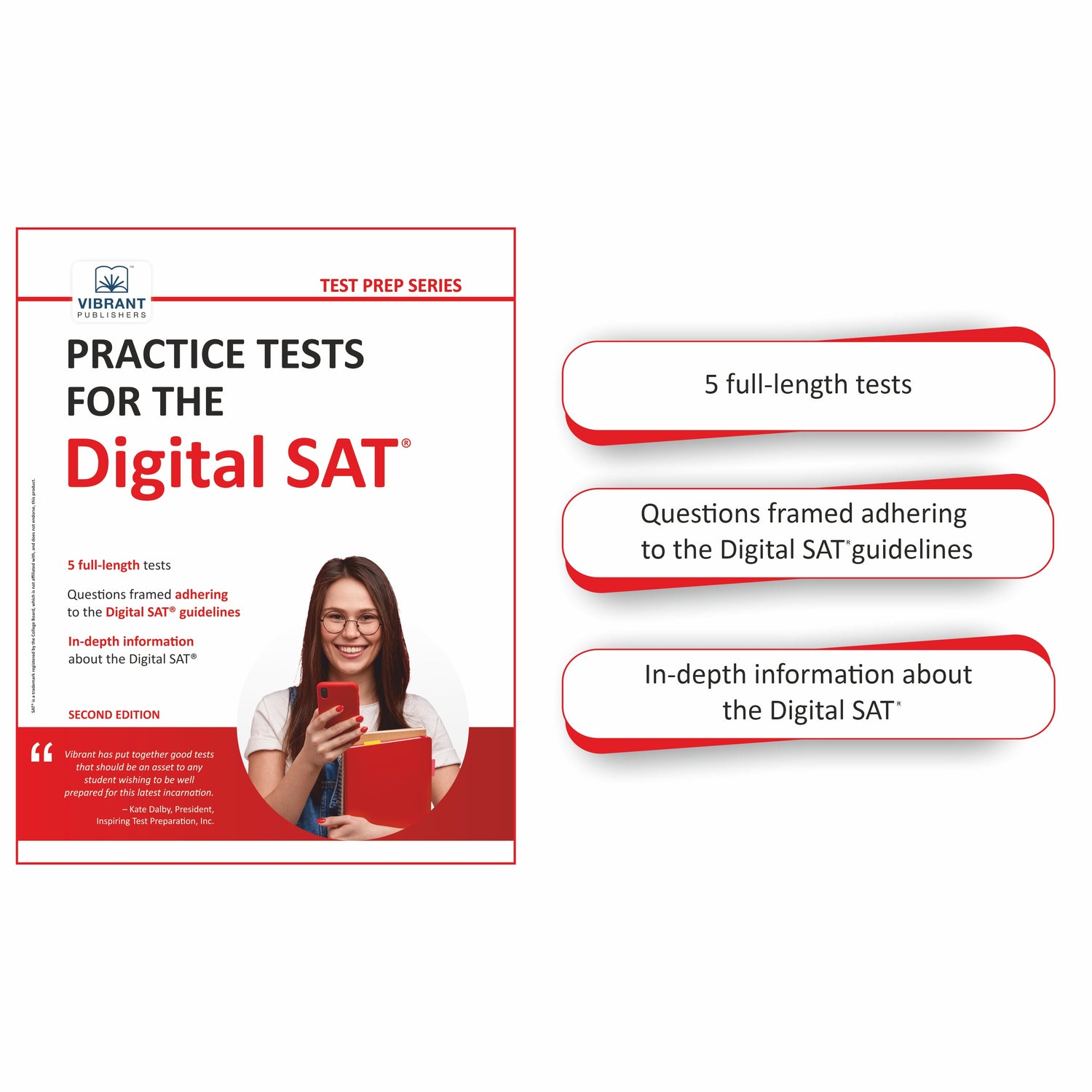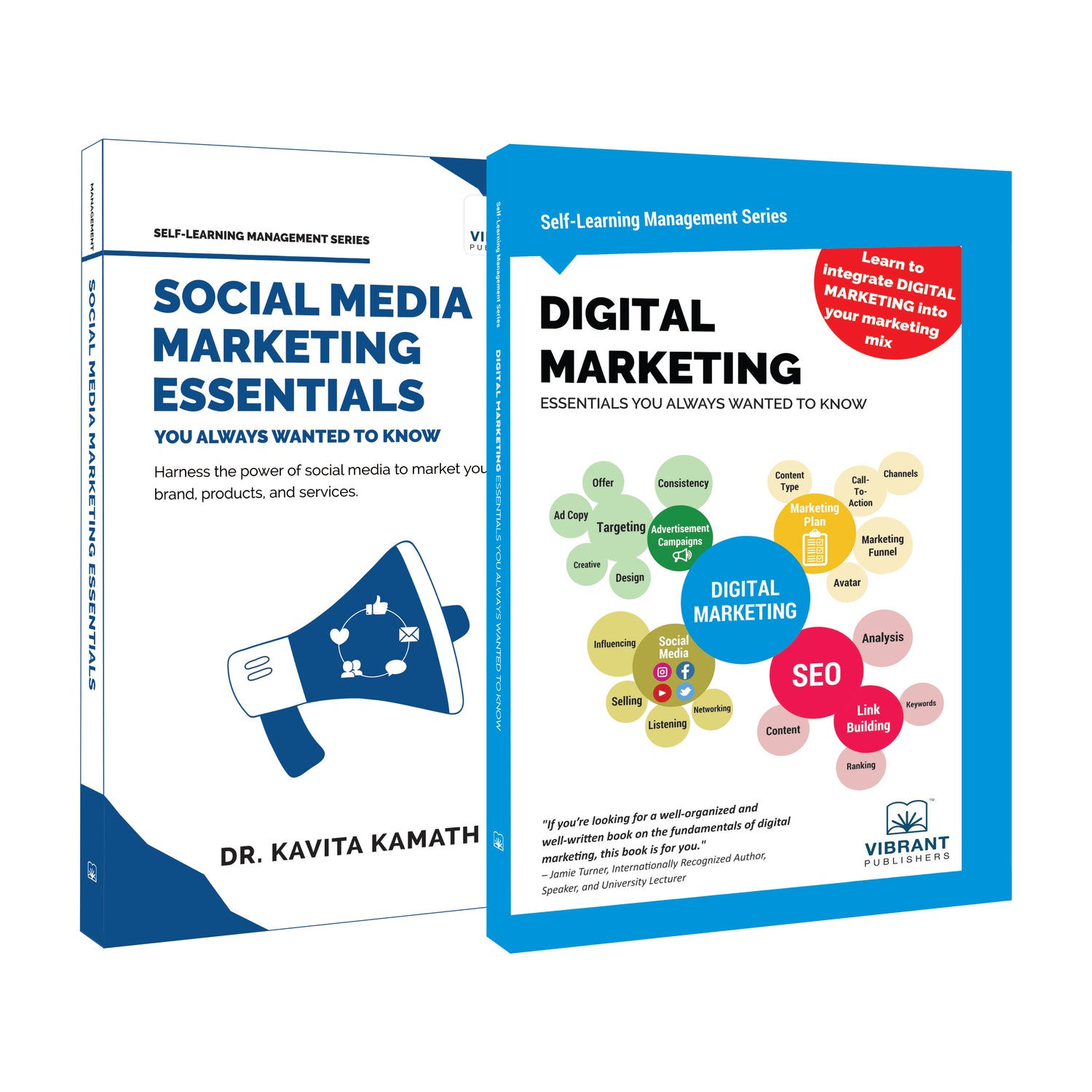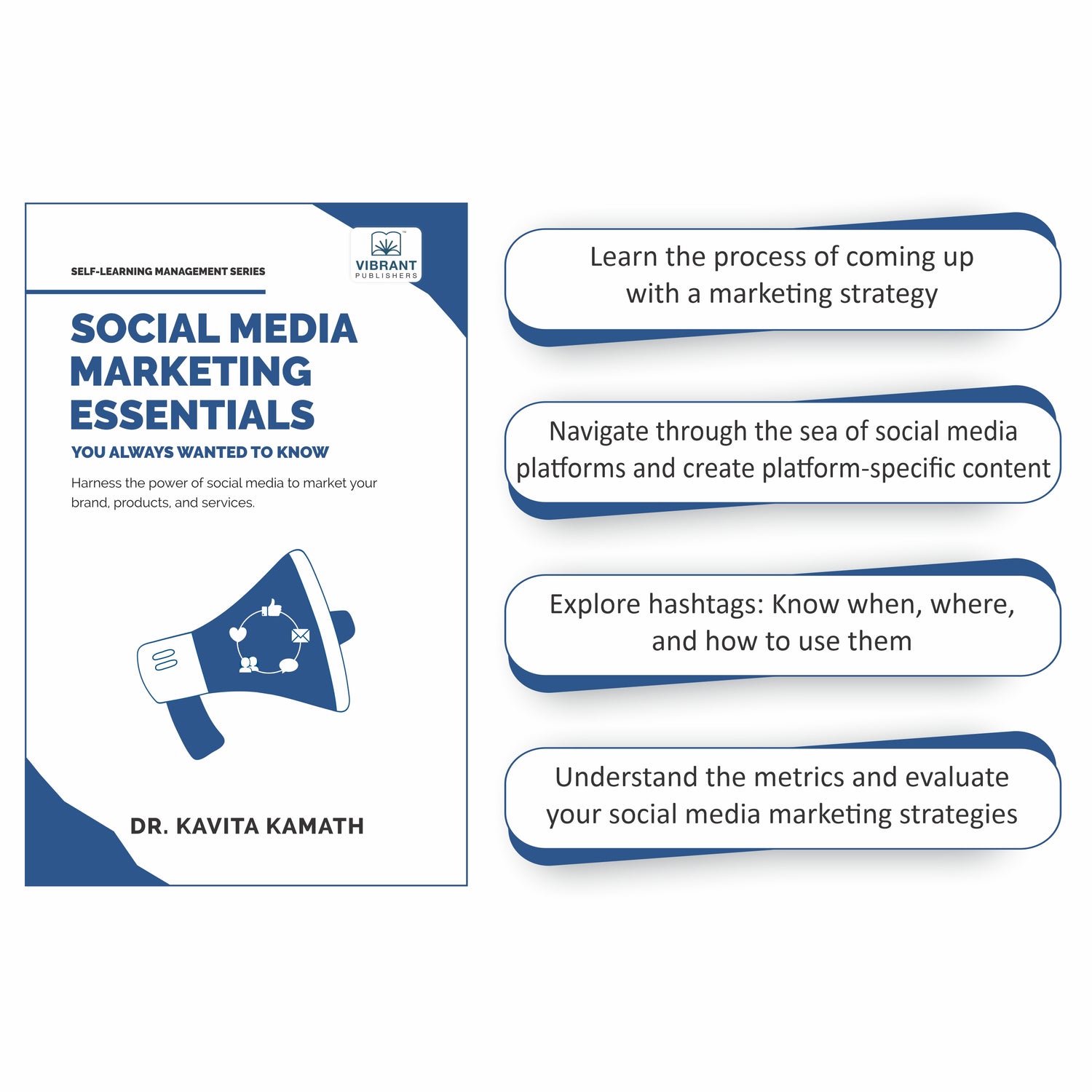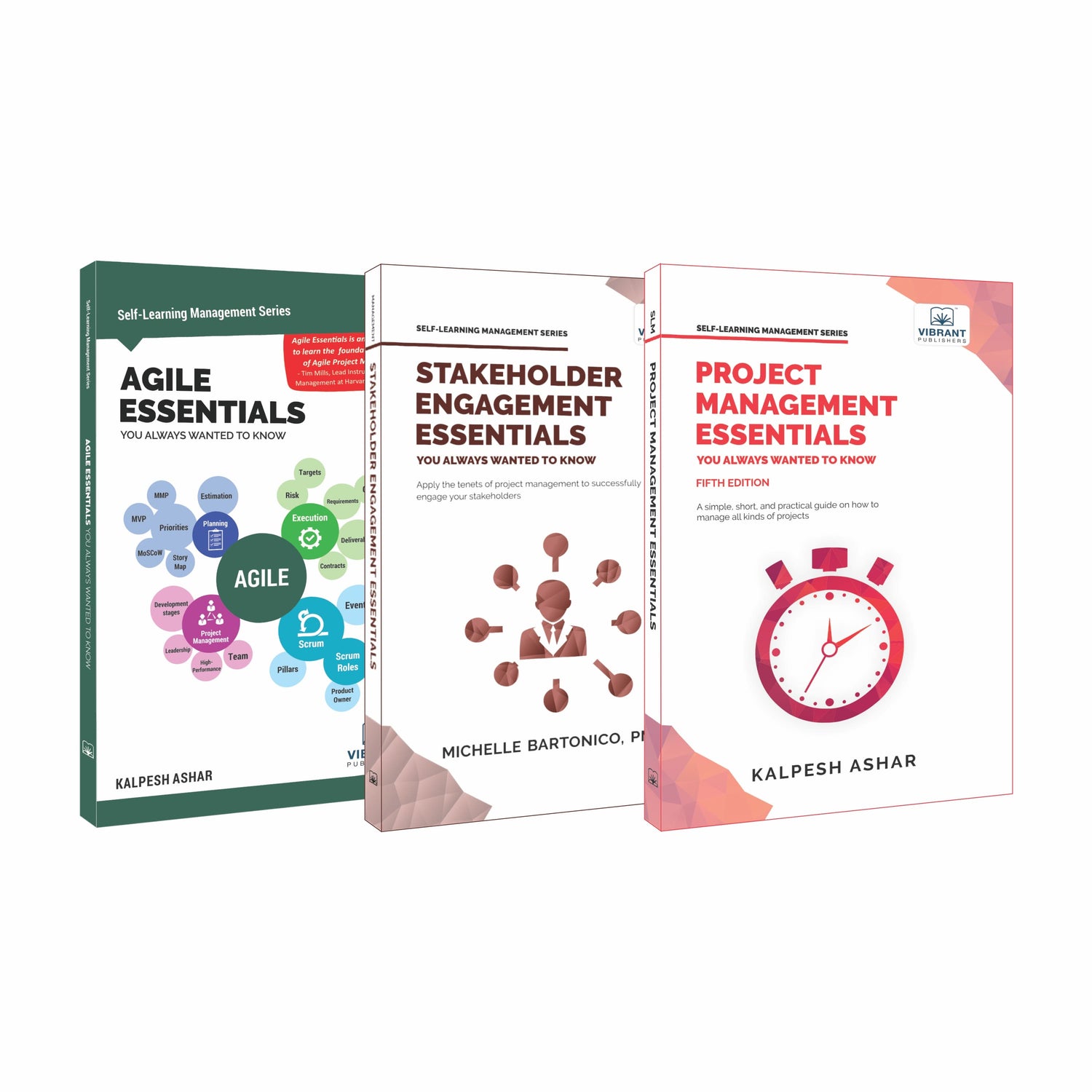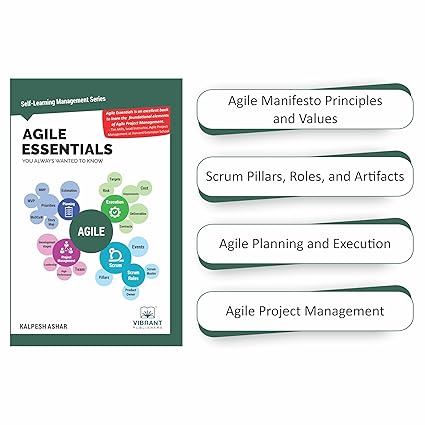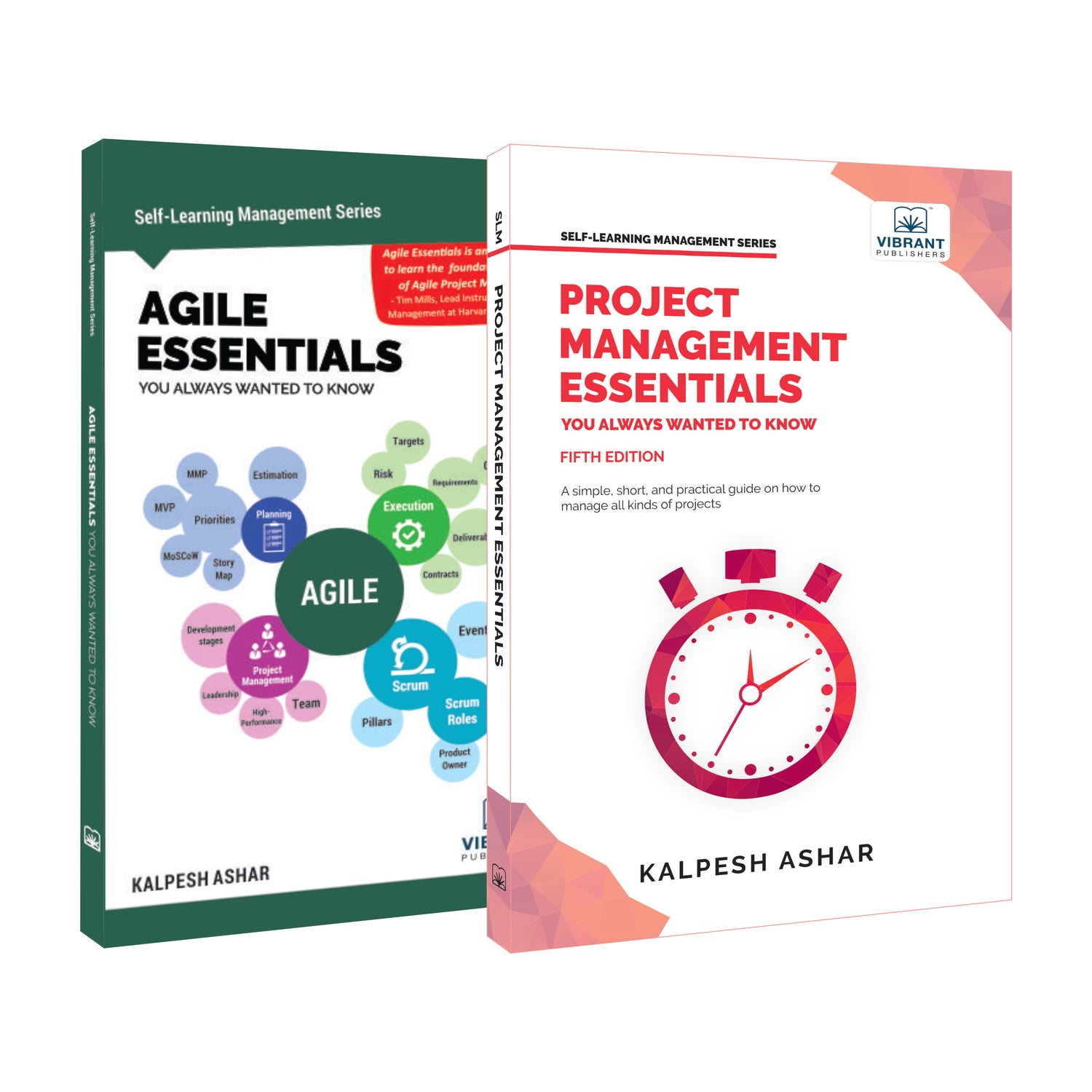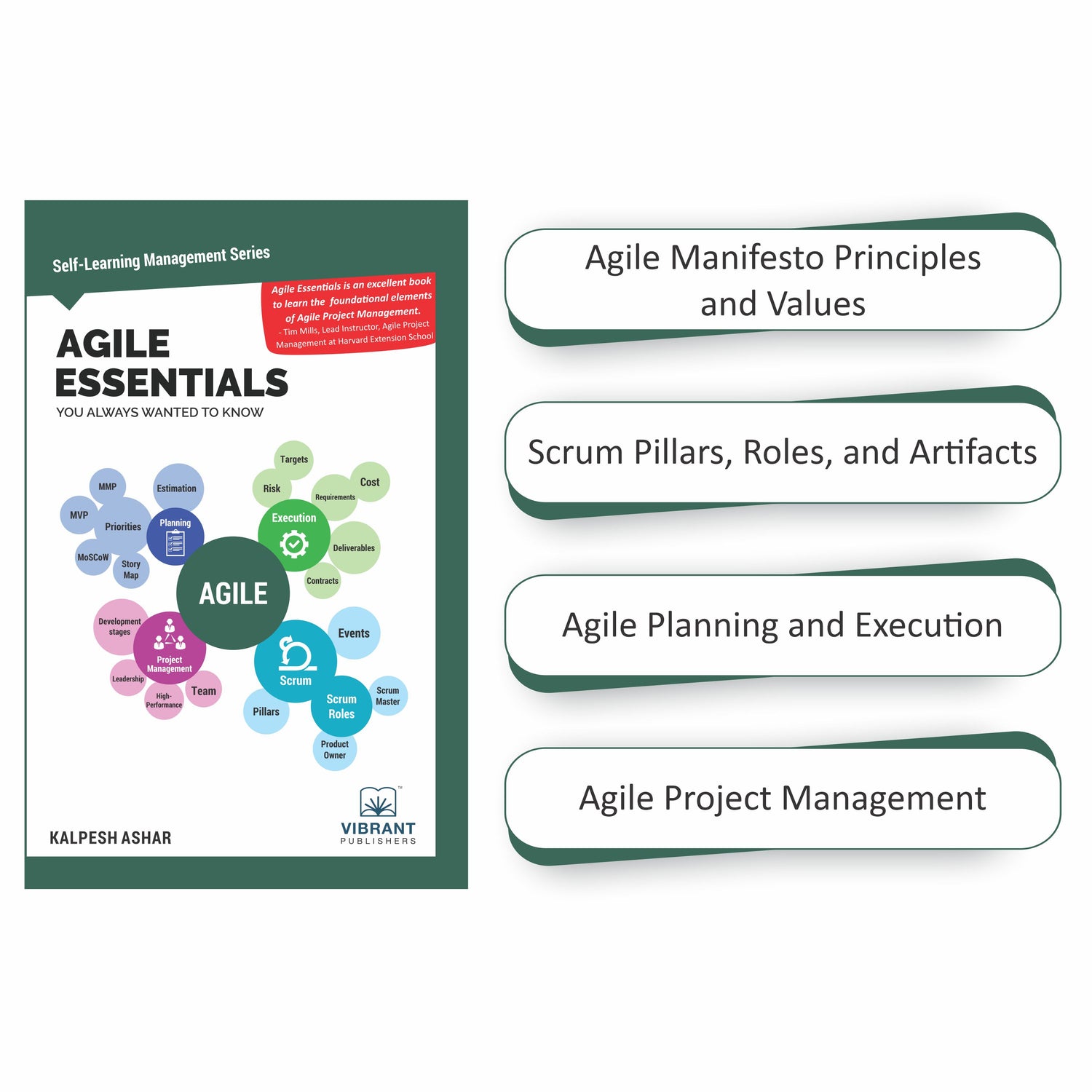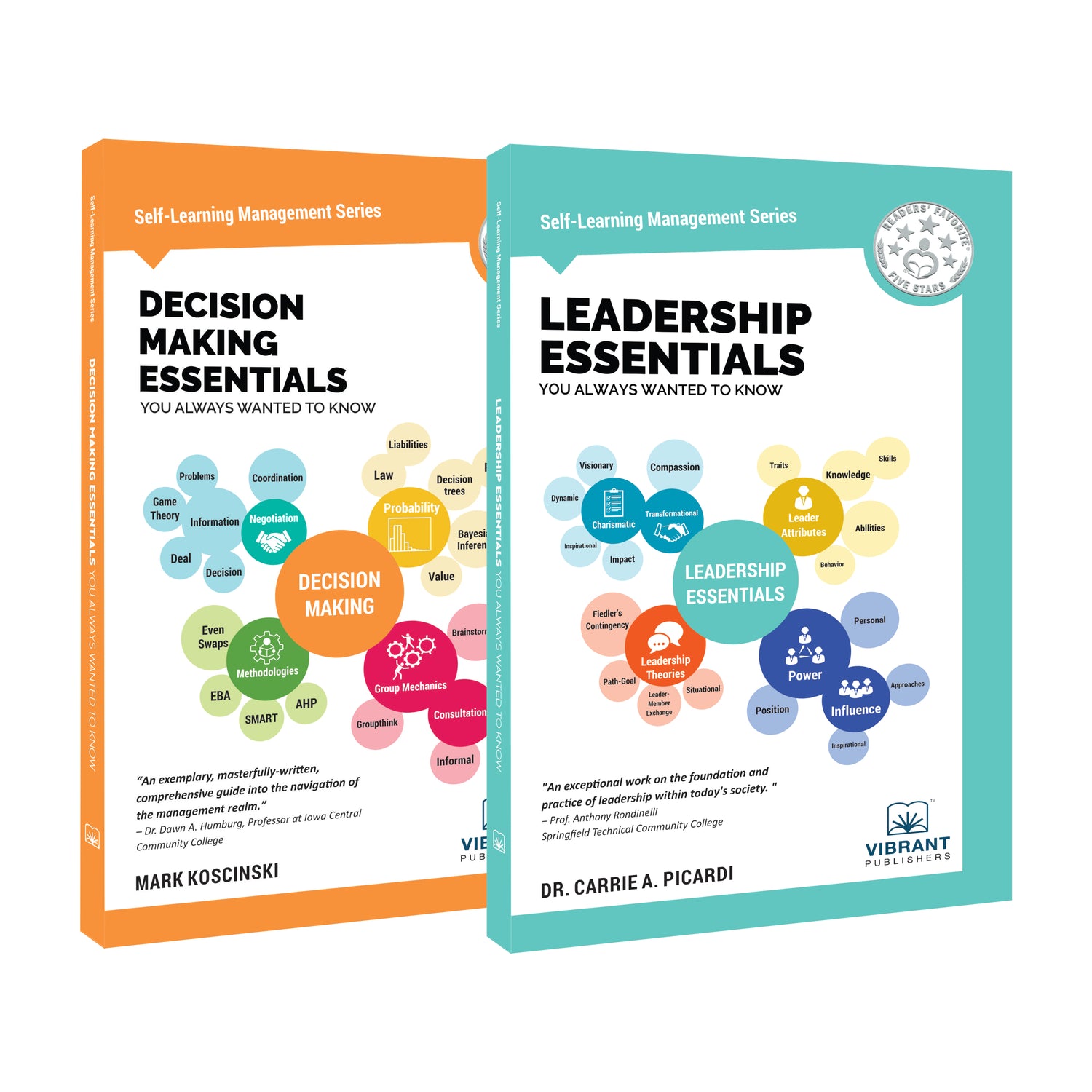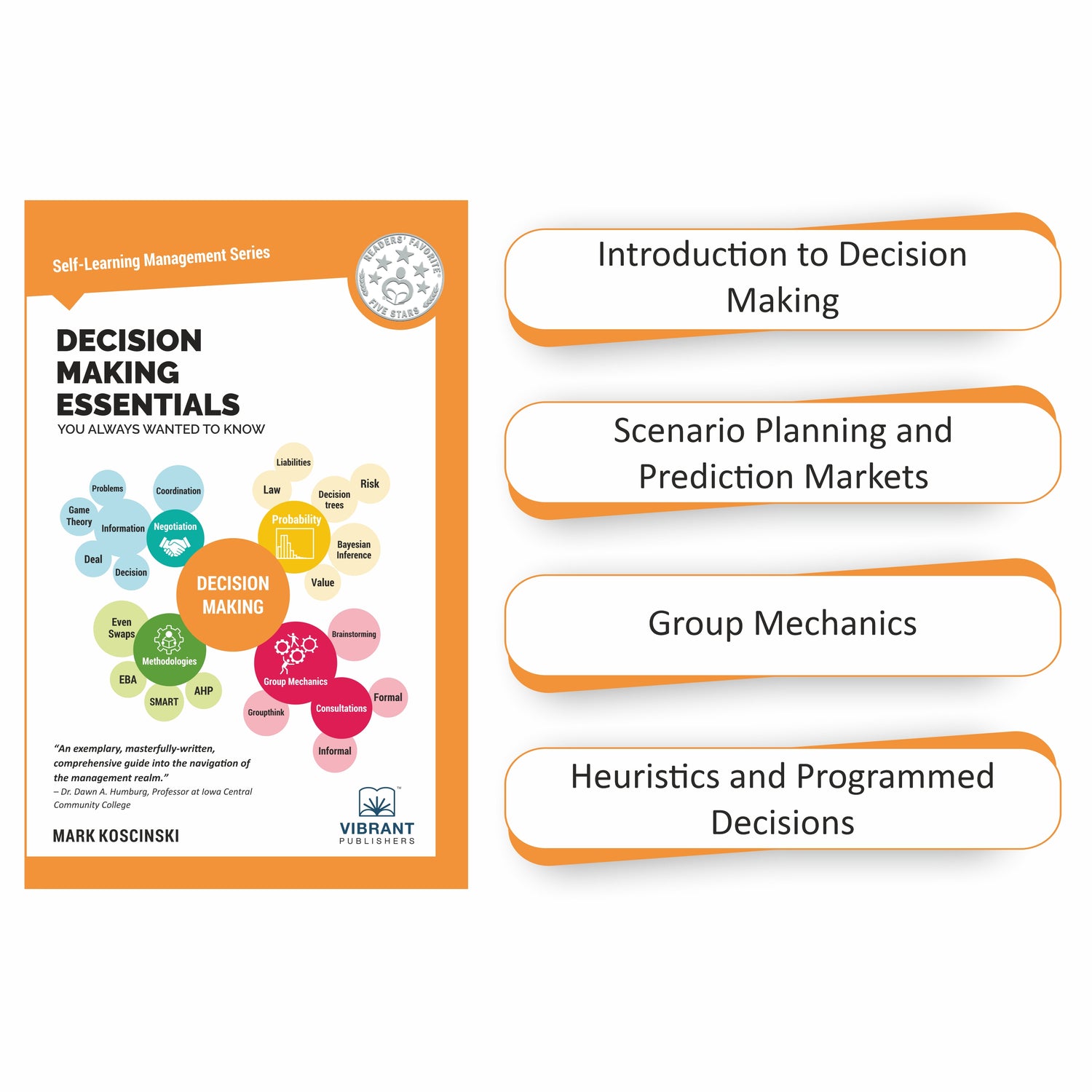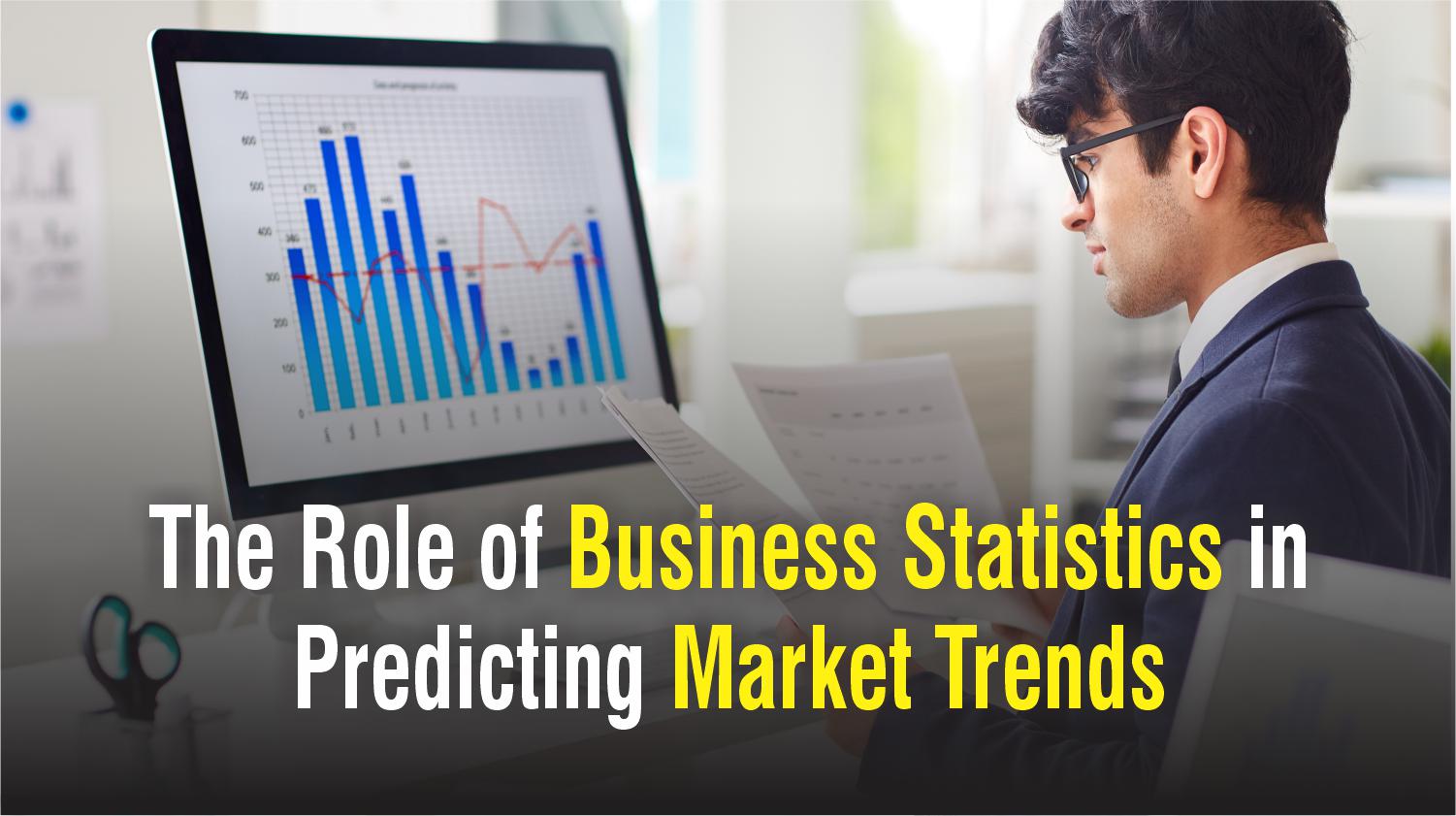
The Role of Business Statistics in Predicting Market Trends
In the current business environment, competition has become the order of the day; firms are on the lookout for a winning edge. One strategy used by these firms is their ability to forecast market trends. By anticipating technological changes, consumer behavior, and industry shifts, businesses adapt to stay ahead.
This blog explores how business statistics can help forecast market trends for businesses and help them stay relevant in today’s tightly competing business world.
What Is Market Trend Prediction?
Market trends demonstrate shifts and changes in the market. They arise from the analysis of data for a specific period. If data is analyzed from a certain point in time to the present, the insights or findings can be used to predict future developments in the market. Businesses that embrace the prediction of trends are well-equipped to make confident decisions for the future.
Imagine the benefit to a business that accurately predicts a high demand for a product they sell— they will keep the right stock, and allocate resources/ workforce appropriately to satisfy high demand. This translates to higher sales and profits.
How Does Business Statistics Support Trend Prediction?
Business statistics provides diverse tools and techniques for analyzing large and complex data. The most common ones include time series analysis, regression analysis, test of hypothesis, and descriptive statistics. These tools help to draw insight that can be interpreted to predict future market trends.
To begin with, time series analysis evaluates data collected over a specific time. It helps assess past performances and identify underlying patterns, cycles, and trends. This understanding gives businesses an insight into what to expect in the future and take appropriate steps in anticipation.
Further, businesses employ regression models to represent the causal relationship between economic variables such as demand, sales growth, profits, and stocks. Regression models give an idea of which variable impacts another variable and to what extent. It also reveals whether the impact is significant or not. An accurate model can predict the values of a dependent variable given that the values of the independent variables are known.
Another important technique, descriptive statistics, provides summaries of business metrics. These summaries include components such as mean, median, mode, standard deviation, variance, and outliers, which are pointers to the health of a business. For example, the standard deviation can be interpreted for volatility when dealing with stocks, while outliers could indicate emerging trends.
Real-World Examples of Predicting Market Trends
Let’s look at some examples that show how businesses across industries successfully predict market trends and turn insight into action:
Retail industry
Retailers use statistical methods to analyze customer buying patterns and assess when it is appropriate to drive sales efforts, introduce promotions and discounts, or sell a new product. Analyzing records of a retail business, for instance, may reveal periods when sales are high and low, enabling the retailer to keep appropriate stock.
Technology sector
Globally, industries are evolving with new technology products and innovations. Trend prediction benefits businesses as it helps anticipate the direction of innovation. Forecasting, particularly, enables the prediction of the demand for a service or demand for new products, user adoption rates, and the success of new software or hardware launches.
Finance
Business statistics techniques lay a firm foundation for analyses within financial institutions. Lending institutions, for instance, model risks before giving out money to their customers. Low-risk customers with good credit scores are likely to get loans more easily than high-risk customers (poor credit scores). In stock markets, these techniques can be used to study price movements and make a prediction for future prices.
Challenges in Trend Prediction
While business statistics offer valuable insights, predicting market trends is not without its challenges. One of the primary hurdles is “data quality.” For predictions to be accurate, businesses need clean, comprehensive, and reliable data. “Rapid changes in consumer behavior” also present difficulties, as external factors like global events can disrupt trends and invalidate previous models.
Another challenge is the “complexity of external variables.” For example, predicting how global political events or natural disasters will affect market conditions can be difficult to model, as these factors are unpredictable and often have far-reaching consequences.
The Role of Big Data and AI in Trend Prediction
Besides conventional statistical techniques, big data, along with Artificial Intelligence (AI), has transformed the processes of forecasting trends in the market. Real-time processing of large data sets makes it possible for the algorithm to pick out correlations that may otherwise be missed by an analyst. Through big data, companies are in a better position to analyze information from sources such as social media, the market, and consumer feedback, among others.
For example, in sentiment analysis with the help of AI, decision-makers can estimate users’ attitudes based on numerous comments, tags, and posts. This helps business organizations gain feedback on the shifting and evolving attitudes and/ or preferences of consumers.
Why Market Trend Prediction Is Essential for Business Growth
Trend prediction helps businesses predict the future and stand ahead of the rest of the pack. Enterprises can create new products, optimize the supply chain, and enhance customer experiences before others discover that change is necessary. The rapidly changing business environment requires being proactive rather than reactive.
Another advantage is improved resource allocation. When demand for goods and services can be forecasted, businesses can optimally apply their resources, such as inventory, human resources, and marketing budgets, which helps cut unnecessary expenses, improving productivity and boosting the profit margin.
Thus, the advanced capacity to forecast market trends is one of the most important prerequisites for effective business strategies. Business statistics and the application of probability concepts and statistical analysis make it possible for companies to turn large amounts of data into valuable insights that help improve business prospects. In light of big data and AI trends, the ability to apply forecasting analysis will become even more impactful in the future, making it crucial for businesses.
For those looking to get an in-depth understanding of such topics, read Business Statistics Essentials You Always Wanted to Know. It assists you in learning about more such powerful statistical techniques to turn you into a skilled professional or entrepreneur who can drive strategic business decisions. This book is a part of Vibrant Publishers’ Self-Learning Management Series and is suitable for entrepreneurs, leaders, and professionals.

Business Statistics Essentials You Always Wanted to Know
Find out more about the book here:
Link to the book: Business Statistics Essentials You Always Wanted to Know
Author: Bianca Szasz, Ph.D
Press Release: Vibrant Publishers’ Business Statistics Essentials Is Now Live on NetGalley
Also Read:
3 Unexpected Applications of Big Data Analytics
AI Can Code, So Do You Still Need to Learn Programming?
AI in Market Research: Benefits and Concerns
Unlock the Power of Business Statistics: Learn the Essentials You Always Wanted to Know
Business Strategy in the Age of Data
Share

